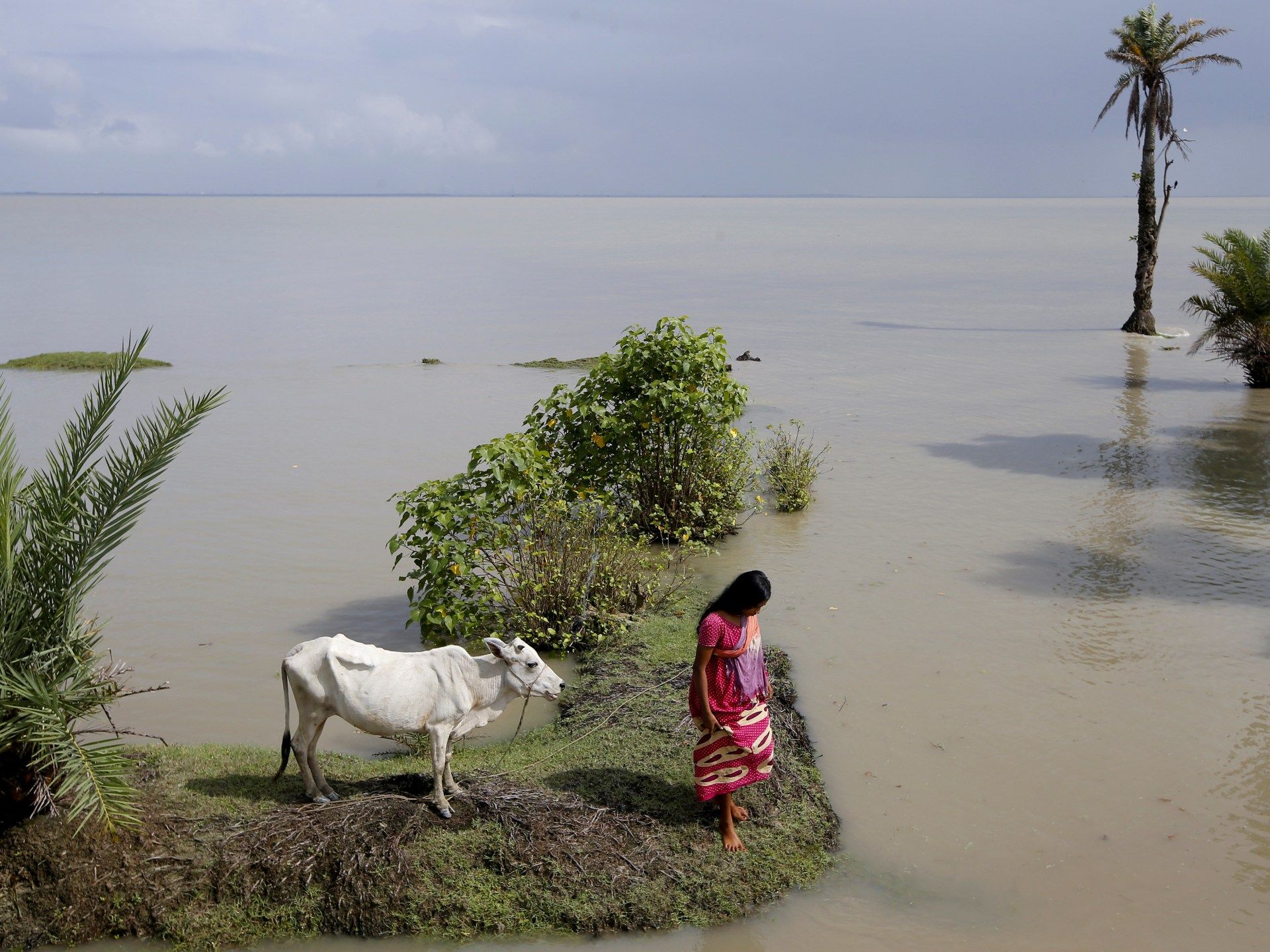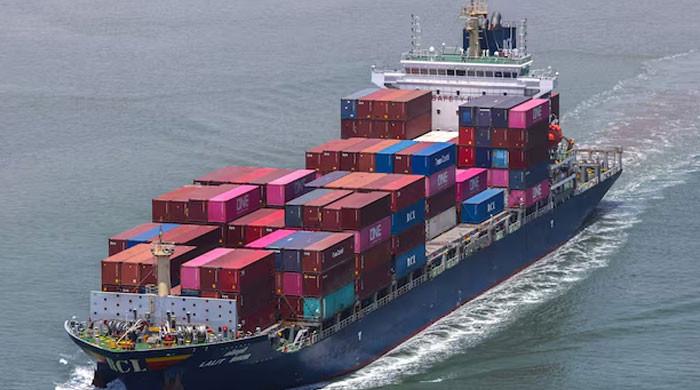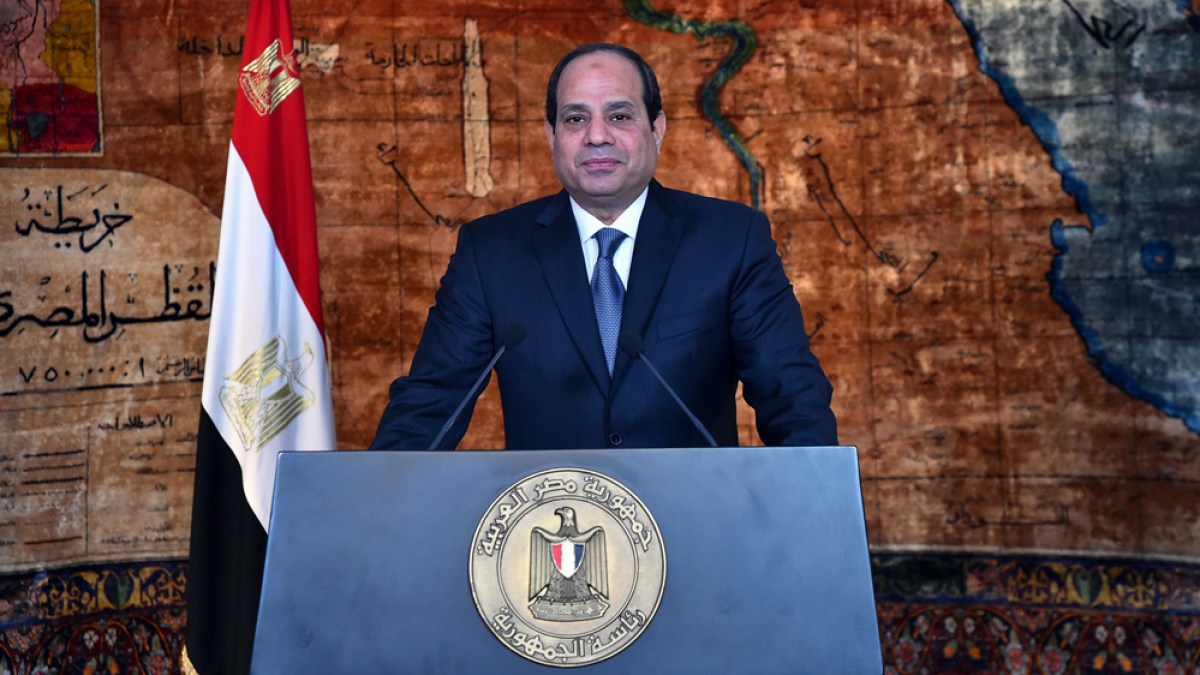During the United Nations Climate Conference (COP28) in Dubai last year, the terms “climate migrants” and “climate refugees” resonated loudly in meeting rooms and panels. These labels were passionately used by senior UN officials, external stakeholders, academics and activists fighting the consequences of climate change.
During a panel discussion, I emphasized that these terms carry no legal weight and asked about the need for specific legal protections for those affected by climate-induced displacement. The panel organizers quickly shut down my question, surprising the attendees.
My thoughts quickly turned to the many people displaced by climate change that I knew: the Ecuadorian refugees who arrived in New York, seeking refuge from the environmental upheaval in their country, the women on the Sundarban islands of West Bengal facing disasters caused by climate change. the climate but cannot relocate. and many of my neighbors in Brooklyn, who have experienced recurring destruction of their homes due to heavy rains. All of them do not have any type of international legal protection that can guarantee them a dignified life.
Unfortunately, the dismissive response at COP28 reflects a broader pattern of denial. The legal definition of “climate refugees” has been the subject of intense global debate in many aspects. Critics often argue that attributing migration solely to climate change oversimplifies a complex web of influences on human mobility. They claim that these terms diminish the role of institutional and human responses, and social conditions, in transforming environmental stressors into crises.
Therefore, this complexity makes it impossible to distinguish between climate refugees and economic migrants. Ironically, this argument actually persists alongside predictions estimating that a possible 1.2 billion people (PDF) could be displaced by 2050 due to climate change-related dangers.
After COP28, this recurring chorus echoed in my mind: “No legal changes are needed; We have it covered with UN initiatives such as the 2018 Global Compact for Safe, Orderly and Regular Migration”, which commits (PDF) the parties to create “political, economic, social and environmental conditions conducive to people having a peaceful, productive and sustainable life.” in their own country and to realize their personal aspirations.”
Under its second objective, the compact emphasizes the need for cohesive approaches in managing migration challenges amid both sudden and gradual natural disasters, urging the integration of displacement concerns into disaster preparedness strategies.
Let's pause for a moment. While these policies project preparedness, they fall far short of offering strong legal protection and recognition to those facing climate crises and the need to move, including the groups and individuals in the examples I shared above.
This absence of a specific legal framework poses obstacles for people seeking immigration status due to the impacts of climate change.
Calls to establish international legal frameworks designed to address migration needs arising from environmental factors have been equated with opening Pandora's box. Some suggest this could challenge the 1951 Refugee Convention, which defines the term “refugee” strictly as “fear of persecution for reasons of race, religion, nationality, membership of a particular social group or political opinion.”
They worry that a collapse that would add protection to the climate and environmental movements could destabilize our already fragile global commitments to defend all refugee rights. They warn that this openness could overshadow the plight of those fleeing persecution and conflict.
My sympathy for this concern runs deep. I agree that this criticism deserves careful consideration. But here is the crux of the matter: the urgency of addressing climate-induced humanitarian crises should not be paralyzed by the complexities of diplomacy or fear of possible aftershocks.
Let us be clear: the pains of any form of persecution and the search for refuge from conflict demand immediate action. But we must not allow these complexities to obscure the urgency of rethinking international agreements.
International agreements are reviewed all the time, so doing so with respect to the realities of climate change would be no different. Consider the 1992 United Nations Framework Convention on Climate Change, the first legally binding treaty signed by 154 countries that committed to reducing atmospheric concentrations of greenhouse gases to “avoid dangerous anthropogenic interference with the climate system.”
Its outcome was far from satisfactory, but it put us on the right path to formulating the Paris Agreement in 2015 and finding ways to achieve common progress to address climate change.
Similarly, when it comes to a legal framework for climate refugees, we may not negotiate binding conventions today, perhaps not tomorrow. But we can start thinking about them – or rethinking them – now.
The time has come to envision a sensible and sustainable course toward protecting vulnerable populations struggling with the effects of climate change and environmental disasters, while safeguarding existing refugee statuses. This requires a collective effort, uniting those directly affected by climate change, along with academics, activists, international organizations and government representatives, to rethink, conceptually and legally, the implications of creating a radically different approach.
Being aware of the multiple challenges of slow-onset climate change could help develop a spectrum of strategies, interweaving migration management, refugee protection and environmental solutions for those who stay and/or return. Our overall goal should be to prevent the heartbreaking involuntary displacement of people from their homes, while ensuring the human rights of those who have no choice but to leave or are already displaced.
These strategies align with previous agreements, but also call on us to reinvent and collectively address the changing needs and diverse vulnerabilities of both humanity and the planet.
Human rights-based approaches and explicit legal frameworks are essential to enforce claims at all levels of governance and provide access to sustainable environmental justice. Fear cannot guide our decisions. The defense of human rights should be the compass that guides us through this intricate political and climate landscape.
The views expressed in this article are those of the author and do not necessarily reflect the editorial position of Al Jazeera.












